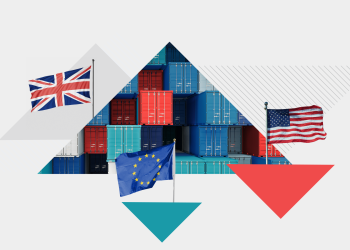LA CYGNE, KANSAS – Powering a large, industrialized country can be a dirty business.
The United States still relies primarily on fossil fuels such as natural gas and coal to produce nearly 400,000 gigawatt hours of electricity annually for commercial, industrial and residential consumers.
President Joe Biden wants the United States, by the year 2035, to have carbon-free electricity or what is termed “net zero,” meaning an overall balance between greenhouse gas emissions produced and so-called carbon offsets, such as planting of trees.
“There’s no way that it is feasible without technologies that aren’t currently in the marketplace today,” Mike Sommers, president and chief executive officer of the American Petroleum Institute, replied to a VOA question on a conference call with reporters.
API’s 600 members produce, process and distribute most of the energy in the United States.
API supports the 2015 Paris Climate Accord to cut greenhouse gases from which President Donald Trump withdrew the United States and which Biden rejoined this year.
The organization has unveiled its own climate action plan, which endorses a federal price on carbon emissions and pledges to advance cleaner fuels.
“While some public utilities may be able to get to net-zero emissions by 2035, for many others, that will not occur without technological breakthroughs in energy storage and other advanced technologies,” according to Desmarie Waterhouse, vice president of government…

























































